Spain Guide: A Comprehensive Guide to Choosing the Perfect Time to Visit Spain
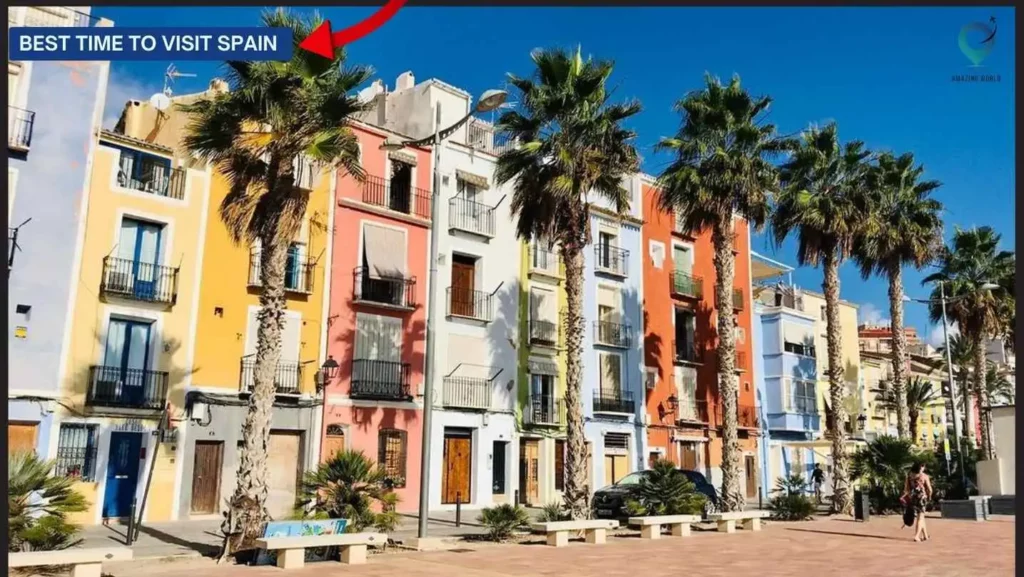
Spain is an amazing place to visit with its cool history, beautiful scenery, and lively culture. But guess what? When you decide to go there really matters! It can affect everything from the weather to how many people you’ll be sharing the sights with. So, in this guide, we’re going to help you figure out the perfect time to visit Spain.
We’ll cover why timing is crucial, what each season offers, and how to make the most of your trip. Let’s get started on finding the best time for you to explore this awesome country!
“If you are looking for the best hotel and flight deals for your next vacation, then we recommend booking your bundled flight and hotel through hotwire.com.“
Best Times for Small Crowds

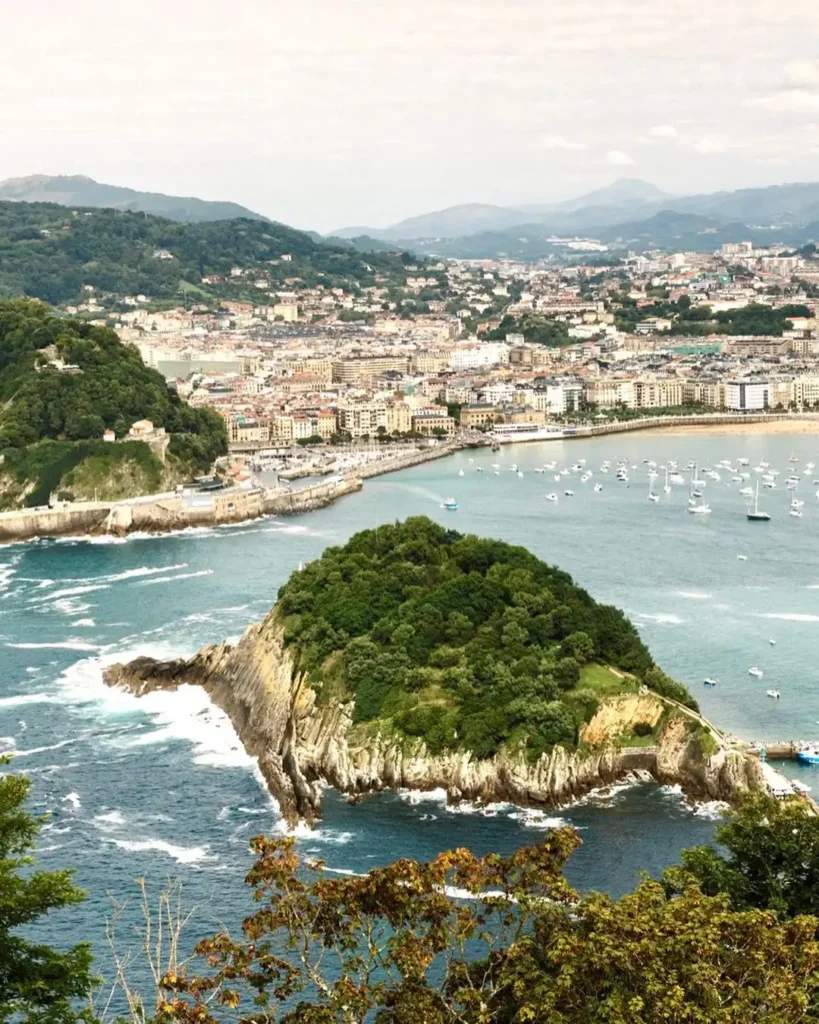
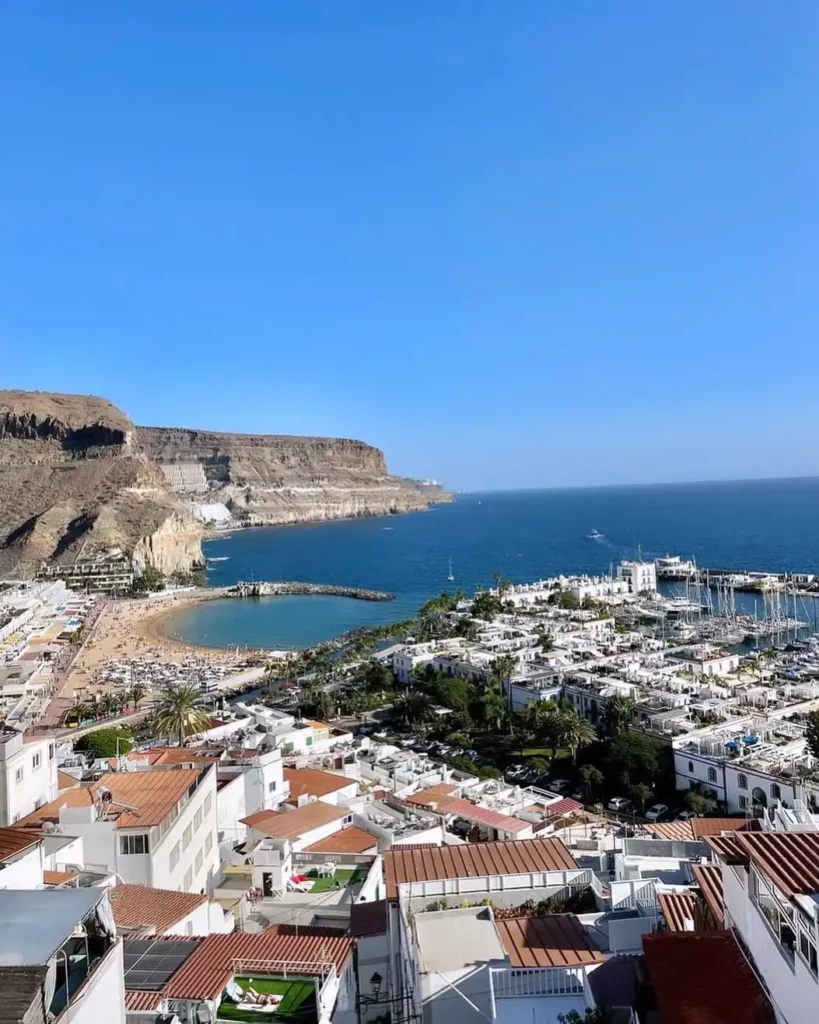
For a more intimate and budget-friendly experience, consider visiting Spain during the winter months from November to February. With reduced tourist numbers, you can explore the country at a more relaxed pace, enjoying quieter surroundings and taking advantage of lower prices for accommodations and activities. While some beach resorts may close, Spain’s interior unveils its charm, offering scenic cities, cultural events, and off-the-beaten-path ski resorts.
Alternatively, late spring (May) and early fall (September) provide excellent opportunities to avoid peak-season crowds. During these months, you can still enjoy favorable weather without the overwhelming summer masses.
Attractions remain open, offering a more relaxed atmosphere and a chance to experience Spain’s beauty without the hustle and bustle. Late spring boasts pleasant temperatures and blooming landscapes, while early fall extends the favorable weather, making both periods a sweet spot for a more comfortable and crowd-free visit.
Best Times for Good Weather
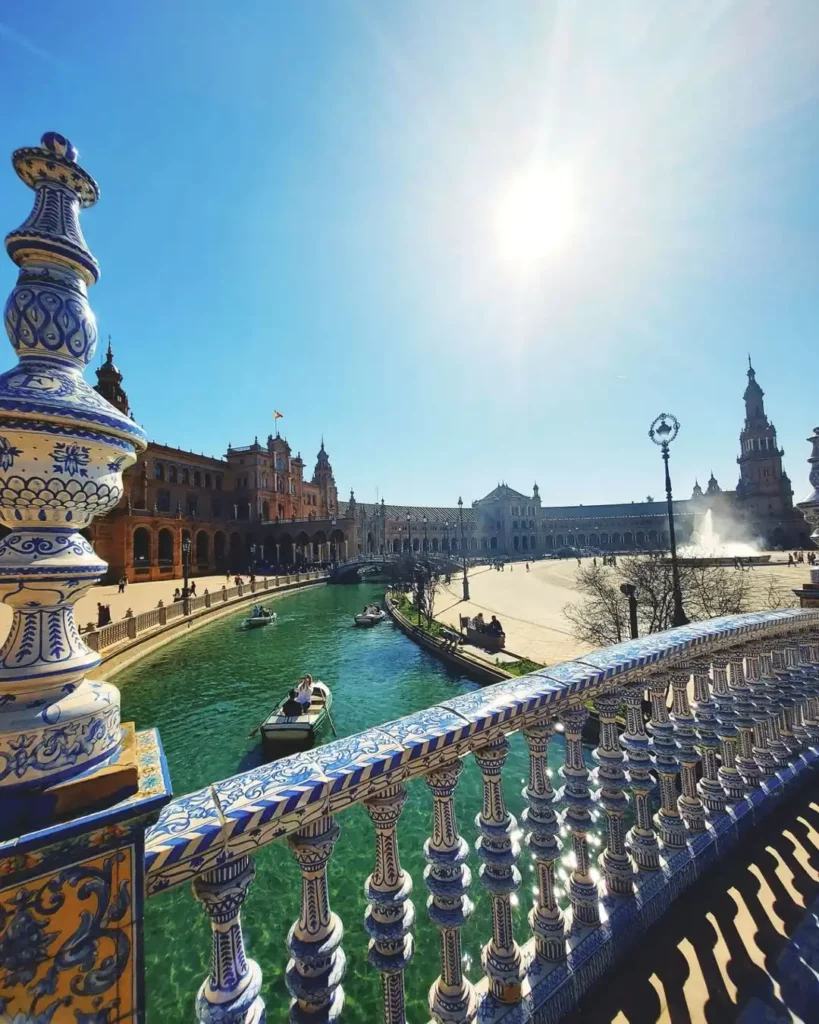


Spring (March to June)
Visiting Spain in spring, from March to June, means experiencing pleasant weather. At the beginning, it might be a bit cool, around 60 degrees Fahrenheit, but as you move into mid-June, temperatures go up to the 80s. Spring brings blooming flowers and some occasional rain in April and May, but it’s usually not a lot. It’s a lovely time to explore, and there are exciting festivals to enjoy during this season.
Summer (July and August)
If you decide to go to Spain in the summer, particularly in July and August, be prepared for hot and dry weather. Temperatures range from 18 to 30 degrees Celsius. It’s the perfect time for beach lovers and outdoor activities. However, keep in mind that summer is the busiest time with lots of tourists, higher prices, and crowded places. Popular destinations like Barcelona and Ibiza are at their liveliest during these months.
Canary Islands (Summer)
The Canary Islands, located off the coast of Morocco, have a different climate. In the summer, these islands enjoy clear skies and temperatures around the upper 70s. If you’re looking for a summer getaway with consistently pleasant weather, the Canary Islands provide a refreshing escape. It’s an alternative to the mainland’s hot temperatures, offering its own unique charm.
Recommendations for Summer Travel to the Islands



If you’re planning a summer trip to the Canary Islands, here are some recommendations to make the most of your island getaway. Embrace the stunning beaches, explore local culture, and indulge in the unique charm of these Spanish-held gems. Ensure you book accommodations well in advance, as the summer season attracts many visitors.
Best Times for Lower Prices
Winter (December to March)
Visiting Spain during the winter months, from December to March, can be a budget-friendly option. With off-peak pricing, you can enjoy cost savings on accommodations and activities. Despite the cooler weather, there are festive events and celebrations, particularly around Christmas. Exploring Spain during winter provides a different experience, with fewer crowds and a chance to witness holiday traditions.
Fall (September to November)
For affordable travel options, consider planning your visit to Spain in the fall, from September to November. This shoulder season offers lower prices compared to the peak summer months. It’s an excellent time for a wine country tour, especially in September during the harvest season. Wineries are bustling with activity, and you can enjoy the picturesque vineyards along with wine tastings. Fall brings a pleasant climate and the opportunity to experience Spain’s rich cultural offerings without the summer crowds.
Best Times for Festivals
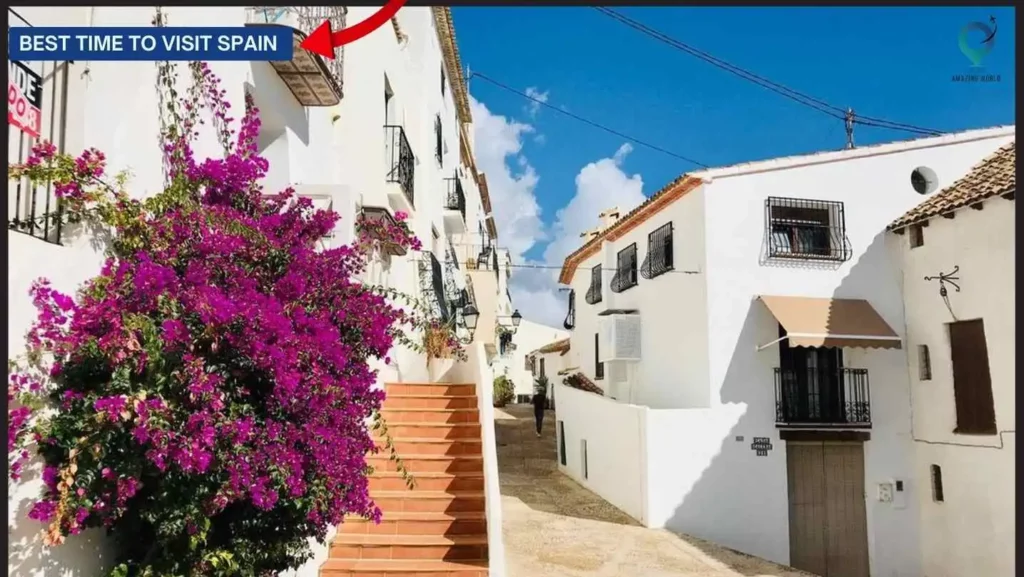
If you’re a festival enthusiast, Spain offers some spectacular events throughout the year. Here’s a guide to help you plan your visit around these lively celebrations:
Semana Santa (March/April)
March and April mark the celebration of Semana Santa, Holy Week in Spain. Dive into the rich cultural and religious traditions during this period. The guide provides an overview of the elaborate Holy Week celebrations and highlights notable Semana Santa events happening across the country.
San Fermin (July)
July brings the famous San Fermin festival in Pamplona, known for the exhilarating Running of the Bulls. Get ready for an adrenaline-packed experience with a description of the bull run and recommendations for making the most of your San Fermin experience.
Tomatina (August)
In August, head to the town of Buñol near Valencia for the Tomatina festival, an annual tomato fight that attracts participants from around the world. The guide explains the origins of this unique event and provides practical tips for attending the Tomatina festival, ensuring you have a fun and memorable time in flying tomatoes.
Best Time to Visit Specific Cities
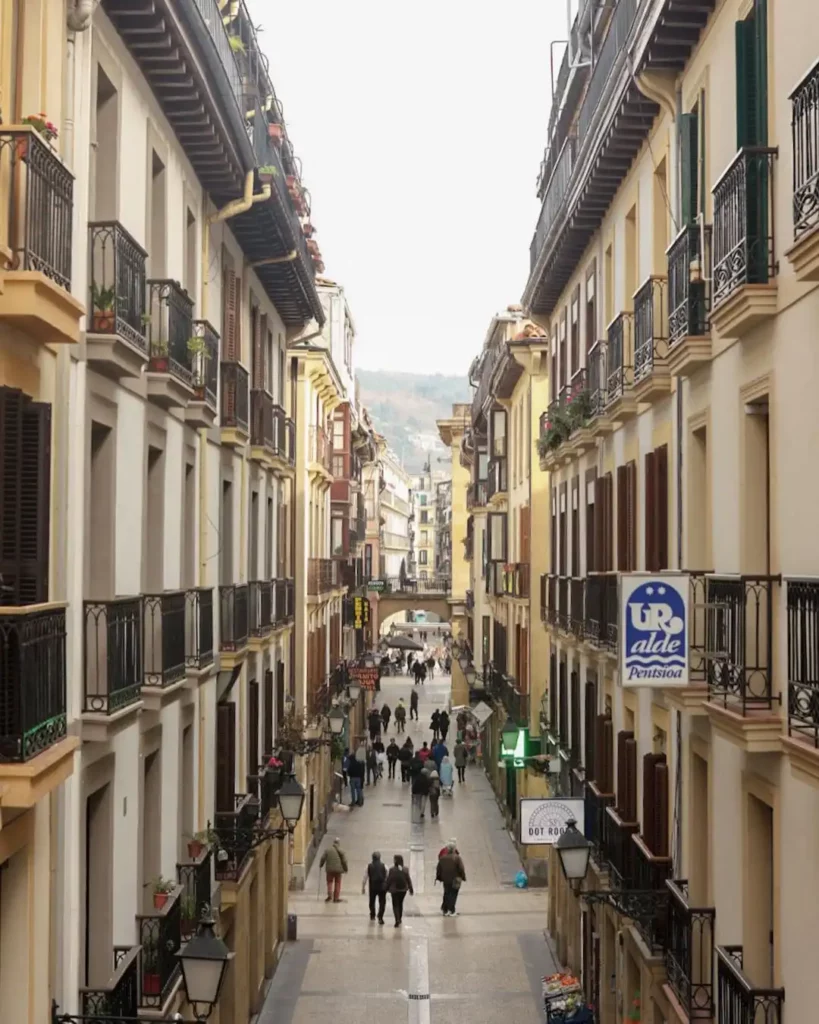


Explore the optimal times to visit two of Spain’s vibrant cities:
A. Barcelona
- Ideal times to visit Barcelona for beaches and festivals: Discover the perfect seasons to enjoy Barcelona’s stunning beaches and vibrant festivals. The guide offers insights into the best months for a beach vacation and highlights the city’s lively festival scene.
- Recommendations for experiencing Barcelona’s cultural scene: Immerse yourself in Barcelona’s rich cultural offerings. The guide provides recommendations for experiencing the city’s art, music, and culinary delights, ensuring you make the most of your cultural exploration.
B. Madrid
- Best seasons for visiting Madrid for ideal weather and cultural events: Uncover the seasons that offer the best weather and cultural events in Madrid. Whether you prefer outdoor activities or indoor cultural pursuits, this guide helps you plan your visit to Spain’s capital at the most opportune times.
- Madrid’s key festivals and attractions: Get a glimpse of Madrid’s key festivals and must-visit attractions. The guide offers insights into the city’s lively festival calendar and highlights the cultural and historical landmarks that make Madrid a captivating destination.
Month-by-Month Breakdown
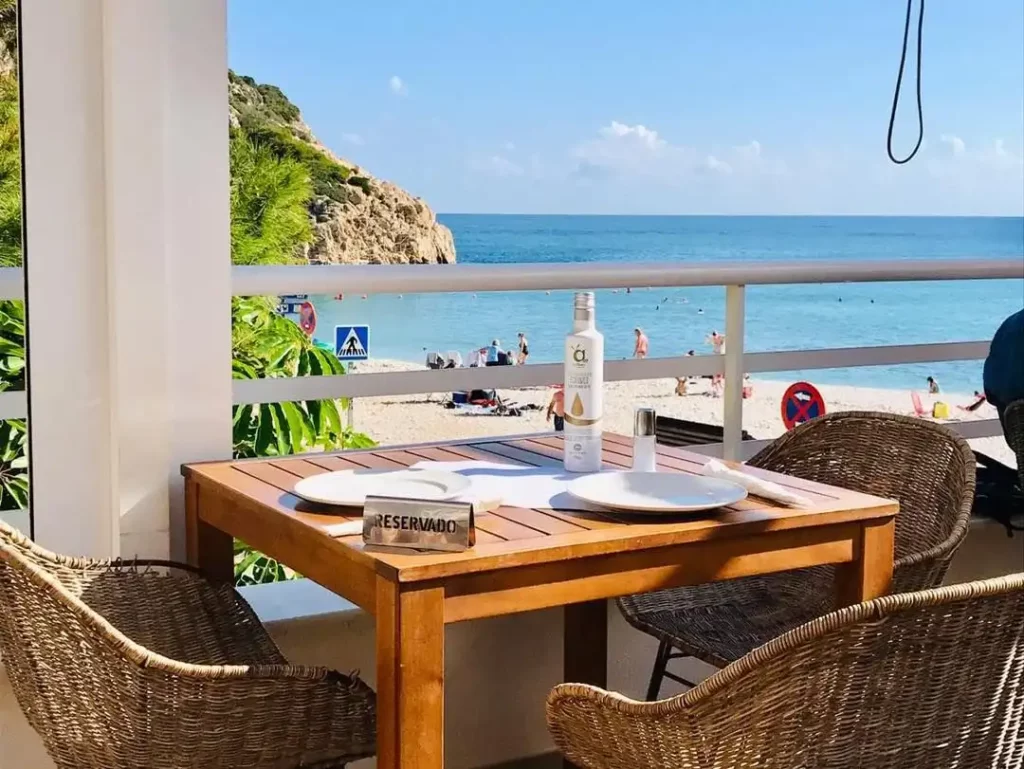


Explore Spain’s diverse seasons with this month-by-month guide:
A. Spring (March to May)
- Description of spring weather and activities: Delve into the delightful spring weather, offering mild temperatures and blooming landscapes. Discover the range of outdoor activities that make spring an ideal time for exploration.
- Notable events and festivals: Uncover the charm of spring festivals and events that bring Spain to life during this season. From cultural celebrations to local traditions, the guide provides insights into must-attend happenings.
B. Summer (June to August)
- Overview of summer weather and popular activities: Embrace the warmth of summer in Spain with this overview of weather conditions and popular activities. Whether it’s beach days, outdoor festivals, or vibrant nightlife, the guide outlines the essence of a Spanish summer.
- key festivals and events: Immerse yourself in the lively summer festivities. From music and arts festivals to traditional events, the guide highlights key dates for a memorable summer experience.
C. Autumn (September to October)
- Description of autumn weather and attractions: Experience the transition to fall with insights into autumn weather and the unique attractions it brings. Discover the picturesque landscapes and cultural experiences that define this season.
- Fall festivals and cultural experiences: Dive into fall festivals and cultural events that capture the essence of autumn. From harvest celebrations to artistic gatherings, the guide provides a roadmap for an enriching autumn visit.
D. Winter (November to February)
- Overview of winter weather and off-peak advantages: Explore the quieter side of Spain during winter, characterized by cooler temperatures and off-peak advantages. Learn why winter is an opportune time for a unique and tranquil Spanish experience.
- Winter festivals and holiday celebrations: Discover the festive spirit of winter in Spain. The guide showcases holiday celebrations, winter festivals, and cultural events that add warmth to the colder months, ensuring a joyful visit during this season.
Additional Tips for Each Season



Spring: As the flowers bloom and temperatures rise, spring in Spain is a magical time. Consider packing light layers, as the weather can be pleasant during the day but cooler at night. Don’t forget your sunglasses and sunscreen for those sunny days. Take advantage of outdoor markets and cultural festivals that come to life during this season. It’s a great time for city exploration and enjoying the vibrant atmosphere.
Summer: Summer is all about sun and fun in Spain. Make sure to pack your swimsuit and sunscreen for beach days. Stay hydrated, especially if you’re exploring during the peak of the day. Embrace the evening culture, as many Spaniards enjoy late dinners and socializing. Be prepared for crowds at popular tourist spots and consider booking tickets in advance. Enjoy the lively atmosphere of outdoor concerts and festivals.
Fall: As the weather cools down, fall brings a different charm to Spain. Pack layers for changing temperatures, and don’t forget a light jacket for cooler evenings. Fall is harvest season, making it an excellent time to explore wine country and indulge in local gastronomy. Take part in fall festivals and embrace the cozy ambiance of cafes. It’s a great time for nature walks and enjoying the changing colors.
Winter: Winter in Spain is generally mild, but it’s wise to pack a jacket and layers for chilly evenings. While some areas may experience rain, it’s a quieter time for sightseeing with fewer crowds. Explore festive holiday markets and indulge in seasonal treats. Many cities decorate beautifully for the holidays, creating a festive atmosphere. Consider trying traditional winter dishes and warm beverages to fully experience the cozy side of Spain.
Conclusion
Choosing the right time to visit Spain can significantly enhance your travel experience. Spain’s diverse climate and cultural events offer a variety of options throughout the year. Whether you prefer the lively atmosphere of summer festivals, the mild weather of spring and fall, or the quieter ambiance of winter, there’s a season that suits every traveler.
Understanding the pros and cons of each season allows you to tailor your visit to match your preferences. For those seeking smaller crowds, off-peak times like winter, late spring, and early fall provide unique advantages. Travelers looking for ideal weather might opt for spring or summer, keeping in mind the considerations for each.
Additionally, exploring specific regions and cities during their prime times adds another layer to your Spanish adventure. From the beaches of Barcelona to the cultural richness of Madrid, each location has its optimal seasons for exploration.
How much did you like Our detailed Best Time To Visit Spain – Weather, Temperature : Complete Guide? Review Also, please share these Blogs with your friends on social media.
Recommended
- Travel Hacks
- 12-Ways to Keep Kids Entertained
- Travel Tips for Single Parents
- Top travel tips for seniors
- 15 Common Travel Problems
- Best Time to Visit San Antonio

Meet David Hoper, a passionate travel Blog writer with 7+ years of experience in travel content. Through his exemplary storytelling and engaging narratives, he shares his experiences and brings destinations to life. With a keen eye for detail and a love for exploration, he has cultivated a diverse portfolio of travel blogs that inspire and inform readers worldwide.








